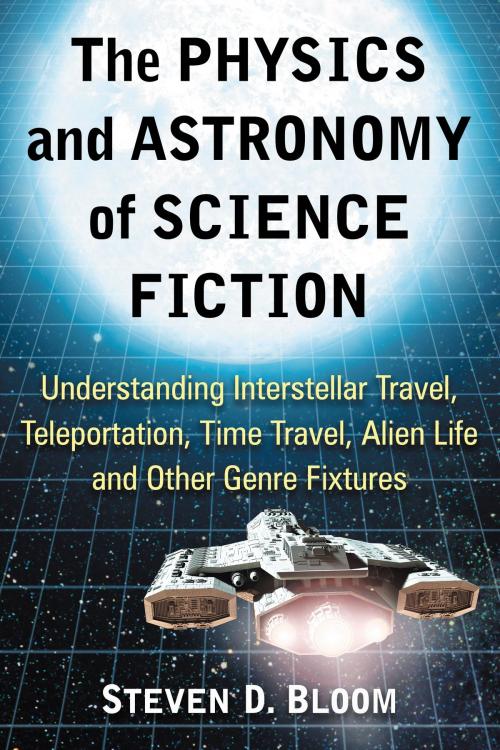The Physics and Astronomy of Science Fiction
Understanding Interstellar Travel, Teleportation, Time Travel, Alien Life and Other Genre Fixtures
Fiction & Literature, Literary Theory & Criticism, Science Fiction, Nonfiction, Entertainment, Performing Arts, Television| Author: | Steven D. Bloom | ISBN: | 9781476623993 |
| Publisher: | McFarland & Company, Inc., Publishers | Publication: | July 13, 2016 |
| Imprint: | Language: | English |
| Author: | Steven D. Bloom |
| ISBN: | 9781476623993 |
| Publisher: | McFarland & Company, Inc., Publishers |
| Publication: | July 13, 2016 |
| Imprint: | |
| Language: | English |
The great scientific, astronomical and technological advances of the 20th century inspired the science fiction genre to imagine distant worlds and futures, far beyond the discoveries of the here and now. This book explores science fiction films, television series, novels and short stories—from Lost in Space (1965–1968) to Fringe (2008–2013) to the works of Isaac Asimov and Stephen Baxter—with a focus on their underlying concepts of physics and astronomy. Assessing accuracy and plausibility, the author considers the possibilities of solar system, interstellar and faster than light travel; intelligent planets, dark (anti-) matter, the multiverse and string theory, time travel, alternate universes, teleportation and replication, weaponry, force fields, extraterrestrial life, subatomic life, emotional robots, super-human and parapsychological powers, asteroid impacts, space colonies and many other topics.
The great scientific, astronomical and technological advances of the 20th century inspired the science fiction genre to imagine distant worlds and futures, far beyond the discoveries of the here and now. This book explores science fiction films, television series, novels and short stories—from Lost in Space (1965–1968) to Fringe (2008–2013) to the works of Isaac Asimov and Stephen Baxter—with a focus on their underlying concepts of physics and astronomy. Assessing accuracy and plausibility, the author considers the possibilities of solar system, interstellar and faster than light travel; intelligent planets, dark (anti-) matter, the multiverse and string theory, time travel, alternate universes, teleportation and replication, weaponry, force fields, extraterrestrial life, subatomic life, emotional robots, super-human and parapsychological powers, asteroid impacts, space colonies and many other topics.















